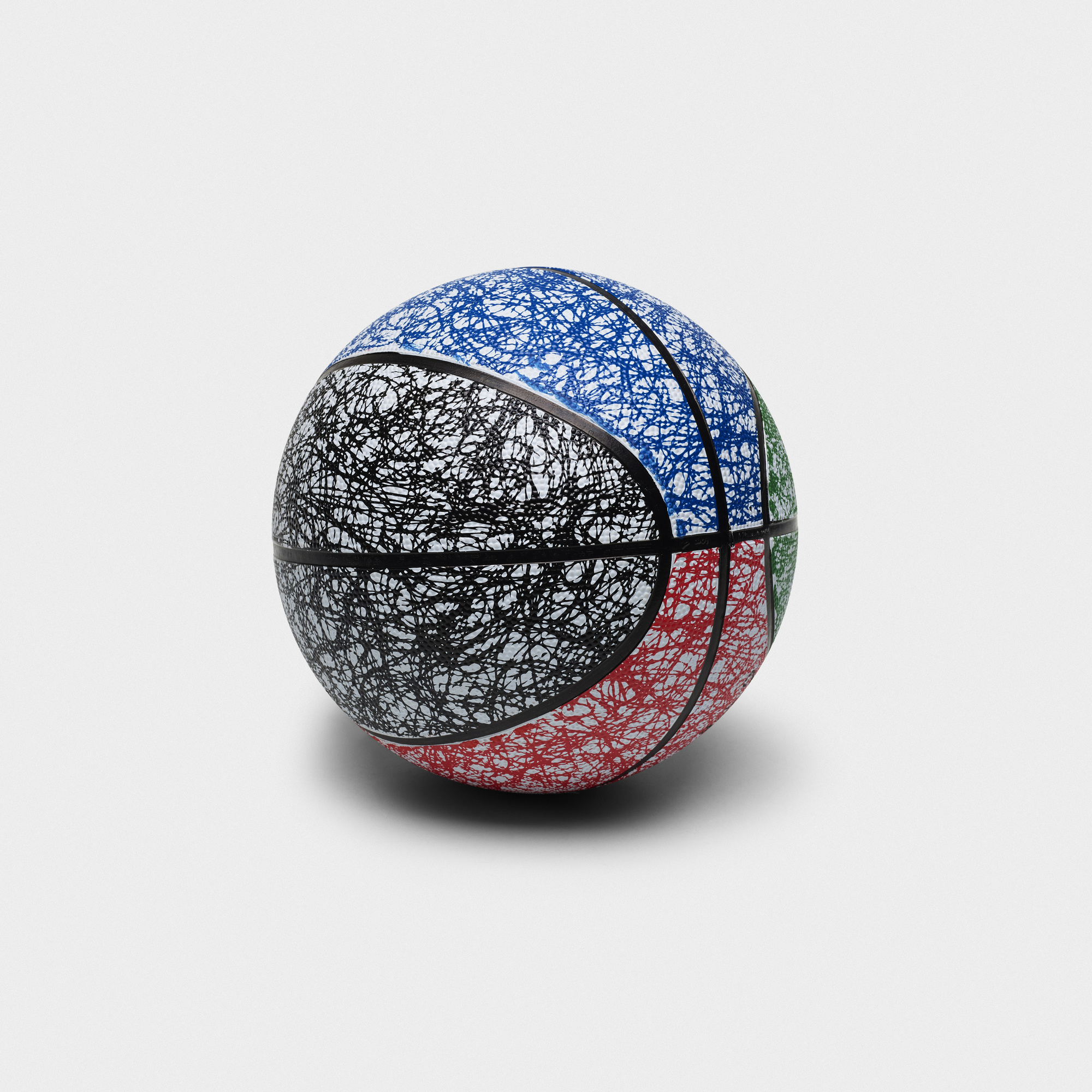Most people have seen a modern-day football and the vast array of colours that these now seems to appear in. But the football has a much longer and sometimes darker history than you would first think.
One of the first skills that a player tries to master is the control and movement of the ball. When learning to control the ball and gain possession from another player it is worth looking at Football Training drill Videos like the ones you can see at In today’s game the ball is much more precise and manufactured with more precision that in the past.
The earliest recorded type of ball that was kicked by members of a village through their streets to a neighbour villages central square and would then in turn be kicked backed by the inhabitants of that village was simply the skull of an animal and in some cases the head of a human. I’m sure there were a lot less handballs back in those days!
Following on from these more gruesome balls the players moved on to the more well-known pig’s bladder balls. The bladders would be inflated with air before being kicked around in games virtually identical to modern day football. Bladders aren’t round and so the players would often end up kicking around mis-shaped balls that didn’t roll very well. In order to combat this the animal bladders were wrapped in leather. This helped to retain the round shape of the ball and also meant that they lasted longer.
As soon as manufacturing and design allowed for the bladder to artificially made the sport moved away from animal ones. These artificial bladders were placed inside a leather panelled ball and then inflated also along with a vulcanised rubber style ball as introduced by Charles Goodyear.
It wasn’t until 1872 that the requirements for the size and the shape of the ball to be used in the game was officially defined by the English Football Association when it was noted that the ball “must be spherical with a circumference of 27 to 28 inches.” These regulations have been kept in place by FIFA ever since with a small change to the weight of the ball occurring in 1937 and increasing from 13-15ozs up to 14-16ozs.
Modern footballs still contain a vulcanised rubber bladder at its centre that is inflated inside the outer layer to produce the footballs that we see in today’s game.




